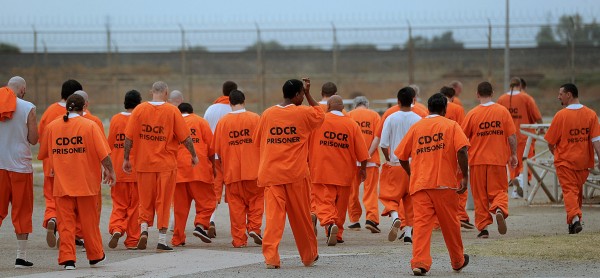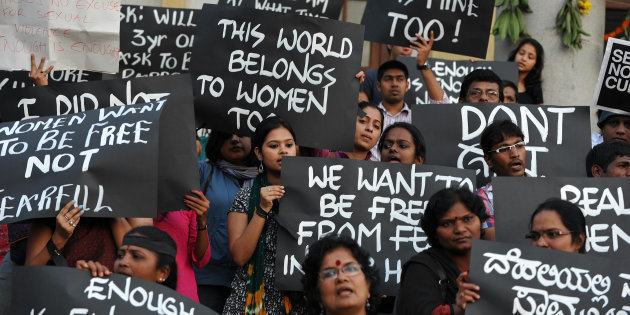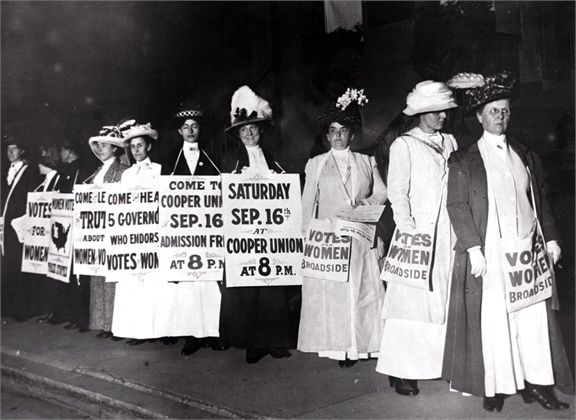By Imogène Taveau
We all know that prison is where criminals go to serve their sentence, but what should be the priority: Punishment or Rehabilitation? For prisons in the United States for example, the attitude is generally to punish first, rehabilitate after.
Though is this an effective method?
If we take a look at the recidivism rates in the US compared to somewhere like Norway, which is considered to have the most humane form of imprisonment, we can see that Norway has a recidivism rate of only 20% and a very low crime rate, whilst the US has a recidivism rate of 76.6% after only 5 years post-release.
This is likely due to the fact that Norway’s main priority is Rehabilitation.
Halden Prison is one of Norway’s top maximum-security prisons, and aims to rehabilitate its inmates through comfortable and modern living conditions and provides a large range of activities for the inmates to take part it. To help ease any psychological issues the inmates may have, the prison spent $1,000,000 on paintings, photography and light installations, as well as giving the option of art classes to give the inmates a sense of identity. The whole concept is to show that the inmates are taken seriously, rather than being locked away and forgotten about. The guards organise activities from 8:00am to 8:00pm, which (other than allowing for a new hobby) is a strategic way to keep the inmates occupied. Occupied inmates are less likely to lash out at guards, which leads to a more peaceful atmosphere in general.
This is only one example of how inmates are treated within the Norwegian prison system, and it is clearly very effective. Norway’s incarceration rate is only 75 per 100,000 people, which is startling lower than the USA, which has an incarceration rate of 707 people for every 100,000. Could this be because of the harsh and often derogatory nature of the American prison system?
The United States contains 5% of the world’s population, yet 25% of worldwide prisoners are incarcerated in the United States. In 2016, 2.2 million people were locked up across the great nation, which means that even with a decrease in crime over the past few decades, the jail population has almost doubled.
Often there is systemic racism in the prisons of the United States, with people of colour making up the majority of prisoners, which is potentially linked to Police Brutality that so often affects those who have darker skin.
There is also the issue of dramatic punishment and sentences. Nowadays people are getting arrested and put in jail for offences such as nonviolent traffic violations, shoplifting, etc…
Furthermore, rather than rehabilitating the inmates, the American prison system is one of degradation and vulnerability. Photos emerge of prisoners being beaten by “prison gangs”, and guards are often cold and aggressive.
Let us look at the Stanford Prison Experiment, for example, where 24 college students were split into prisoners and prison guards for roleplaying as a psychological experiment on the effects of perceived power. The experiment had to be cancelled after six days, however, because the “prison guards” began to be physically aggressive, as well as using psychological tactics to control the “prisoners”. Not only were they physically and mentally violent, they also introduced extremely cruel punishments, including stripping the prisoners naked as a form of degradation and humiliation.
While not quite as extreme as this, this is still a worrying reflection on the degrading nature in which the inmates are treated in the American prison system.
Is punishment really effective? According to the statistics, no. Perhaps if the United States focused more on the rehabilitation of its prisoners, then perhaps they might start to see a decline in crime.



